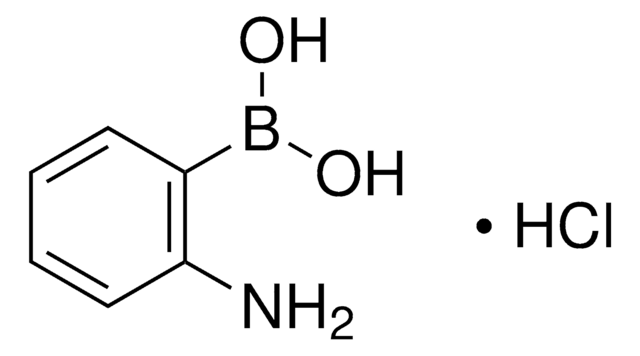C7923
Monoclonal Anti-CD44 antibody produced in mouse
clone A3D8, purified immunoglobulin, buffered aqueous solution
Synonyme(s) :
Anti-CDW44, Anti-CSPG8, Anti-ECMR-III, Anti-HCELL, Anti-HUTCH-I, Anti-IN, Anti-LHR, Anti-MC56, Anti-MDU2, Anti-MDU3, Anti-MIC4, Anti-Pgp1
About This Item
Produits recommandés
Source biologique
mouse
Conjugué
unconjugated
Forme d'anticorps
purified immunoglobulin
Type de produit anticorps
primary antibodies
Clone
A3D8, monoclonal
Forme
buffered aqueous solution
Poids mol.
antigen 80-95 kDa
Espèces réactives
human
Technique(s)
flow cytometry: 5 μL using 1 × 106 cells
Isotype
IgG1
Numéro d'accès UniProt
Conditions d'expédition
wet ice
Température de stockage
2-8°C
Modification post-traductionnelle de la cible
unmodified
Informations sur le gène
human ... CD44(960)
Description générale
Spécificité
5th Workshop: code no. BP406, S320
Immunogène
Application
Flow cytometry/Cell sorting (1 paper)
Anti CD44 monoclonal antibody was used for:
- immunostaining of nonpapillary carcinoma fine-needle aspiration (FNA) or surgical excision specimen.
- flow cytometry analysis to assess breast CSCs in human MCF-7/Dox breast cancer cells.
- staining of CD44 in immunohistochemistry analysis.
- incubation of osteoclasts (OCs) in a study to analyze the molecular composition and F-actin organization of the OC podosome belts.
- It is also suitable for western blot at a dilution of 1:500-1:2,000
Actions biochimiques/physiologiques
Description de la cible
Forme physique
Stockage et stabilité
Clause de non-responsabilité
Vous ne trouvez pas le bon produit ?
Essayez notre Outil de sélection de produits.
Code de la classe de stockage
10 - Combustible liquids
Classe de danger pour l'eau (WGK)
nwg
Point d'éclair (°F)
Not applicable
Point d'éclair (°C)
Not applicable
Certificats d'analyse (COA)
Recherchez un Certificats d'analyse (COA) en saisissant le numéro de lot du produit. Les numéros de lot figurent sur l'étiquette du produit après les mots "Lot" ou "Batch".
Déjà en possession de ce produit ?
Retrouvez la documentation relative aux produits que vous avez récemment achetés dans la Bibliothèque de documents.
Articles
Cancer stem cell media, spheroid plates and cancer stem cell markers to culture and characterize CSC populations.
Notre équipe de scientifiques dispose d'une expérience dans tous les secteurs de la recherche, notamment en sciences de la vie, science des matériaux, synthèse chimique, chromatographie, analyse et dans de nombreux autres domaines..
Contacter notre Service technique